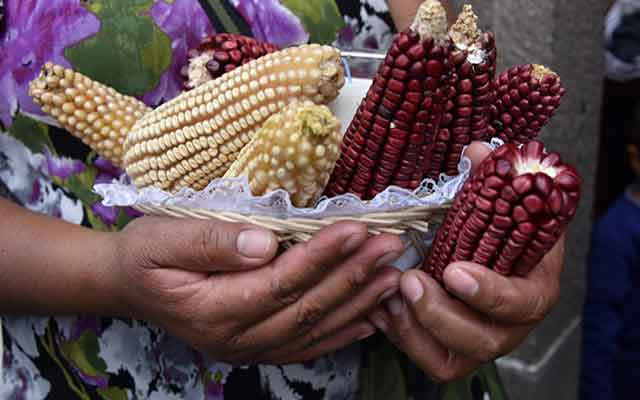Transgenic vs. Native Corn: Key Differences, Pros & Cons
Understanding Transgenic & Native Corn: Characteristics & Impacts
Reading time : 1 minute,
Discovery Chepe Id-590-GAS
Published in
03-03-2025

Photo by Hari Nandakumar
Corn, a fundamental pillar of the world's food supply, comes in two main varieties: genetically modified and native. Each with its own characteristics, advantages and disadvantages, they generate a constant debate about its impact on agriculture, health and the environment.
Transgenic Corn: Characteristics and Properties
Transgenic corn, also known as genetically modified (GM) corn, is the result of genetic manipulation to introduce specific characteristics, such as resistance to pests or herbicides. These modifications seek to improve yield and efficiency in agricultural production.
Advantages of Transgenic Corn
Higher Yield: Transgenic corn can produce higher harvests compared to native corn, helping to meet the growing demand for food.
Pest Resistance: Genetic modification can confer resistance to certain pests, reducing the need for chemical pesticides.
Herbicide Tolerance: Some transgenic varieties are tolerant to herbicides, which facilitates weed control and reduces production costs.

Native Corn vs. GMO Corn: A Comprehensive Comparison
Photo by Christophe Maertens
Disadvantages of GM Corn
Environmental Impact: The use of herbicides associated with GM corn can have negative effects on biodiversity and soil health.
Health Risks: There are concerns about the possible long-term effects of GM corn consumption on human health, although the scientific evidence is still debated.
Loss of Biodiversity: The massive adoption of GM corn can lead to the loss of native varieties and their genetic diversity.
Native Corn: Characteristics and Properties
Native corn, also known as criollo corn, is the result of selection and adaptation over generations in different regions. It has great genetic and cultural diversity, with varieties adapted to different climatic conditions and soils.
Advantages of Native Corn
Genetic Diversity: Native corn is home to great genetic diversity, making it more resistant to diseases and environmental changes.
Cultural Value: Native corn has deep cultural and traditional significance in many communities, especially in Mexico and Latin America.
Local Adaptation: Native varieties are adapted to local conditions, reducing the need for external inputs such as fertilizers and pesticides.

Disadvantages of Native Corn
Lower Yield: In general, native corn may have a lower yield compared to transgenic corn, which can limit its ability to meet food demand.
Susceptibility to Pests: Some native varieties may be more susceptible to pests and diseases, requiring careful management.
Key Differences between Transgenic Corn and Native Corn
Origin: Transgenic corn is the result of genetic manipulation in the laboratory, while native corn is the result of selection and adaptation over generations.
Genetic Diversity: Native corn has a great genetic diversity, while transgenic corn tends to be more homogeneous.
Environmental Impact: Transgenic corn may have a greater environmental impact due to the herbicide use, while native corn tends to be more sustainable.
Conclusion
Both GM corn and native corn have an important role in agriculture and food. The choice between one or the other depends on various factors, such as yield, sustainability, health and culture. It is essential to promote a balanced approach that considers the advantages and disadvantages of each variety, as well as its impact on the environment and society.
See Also
Discovery Chepe
Most read...













